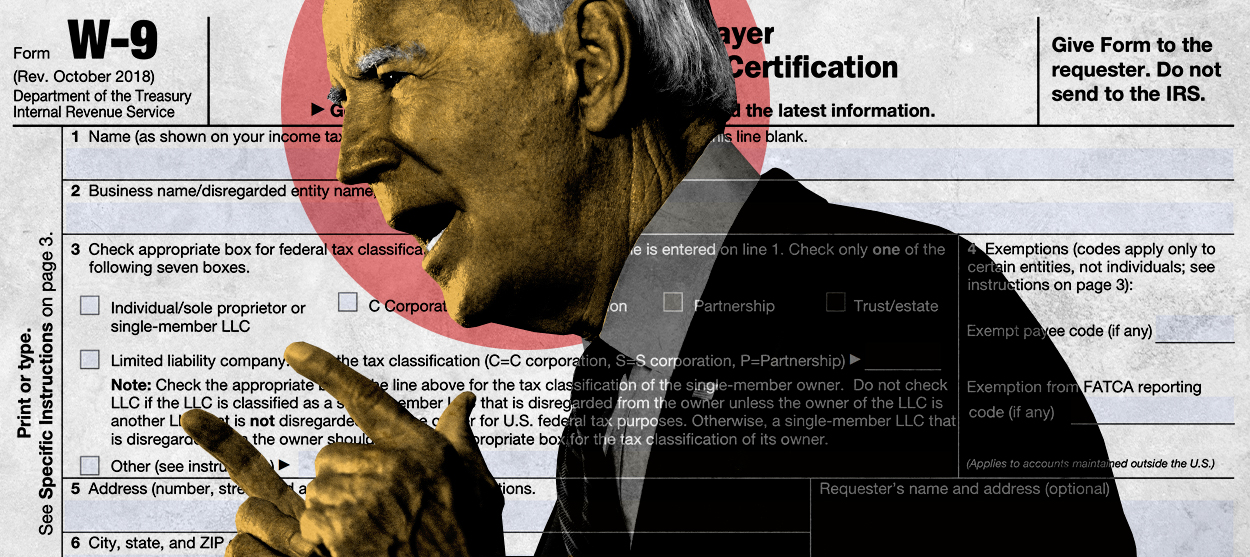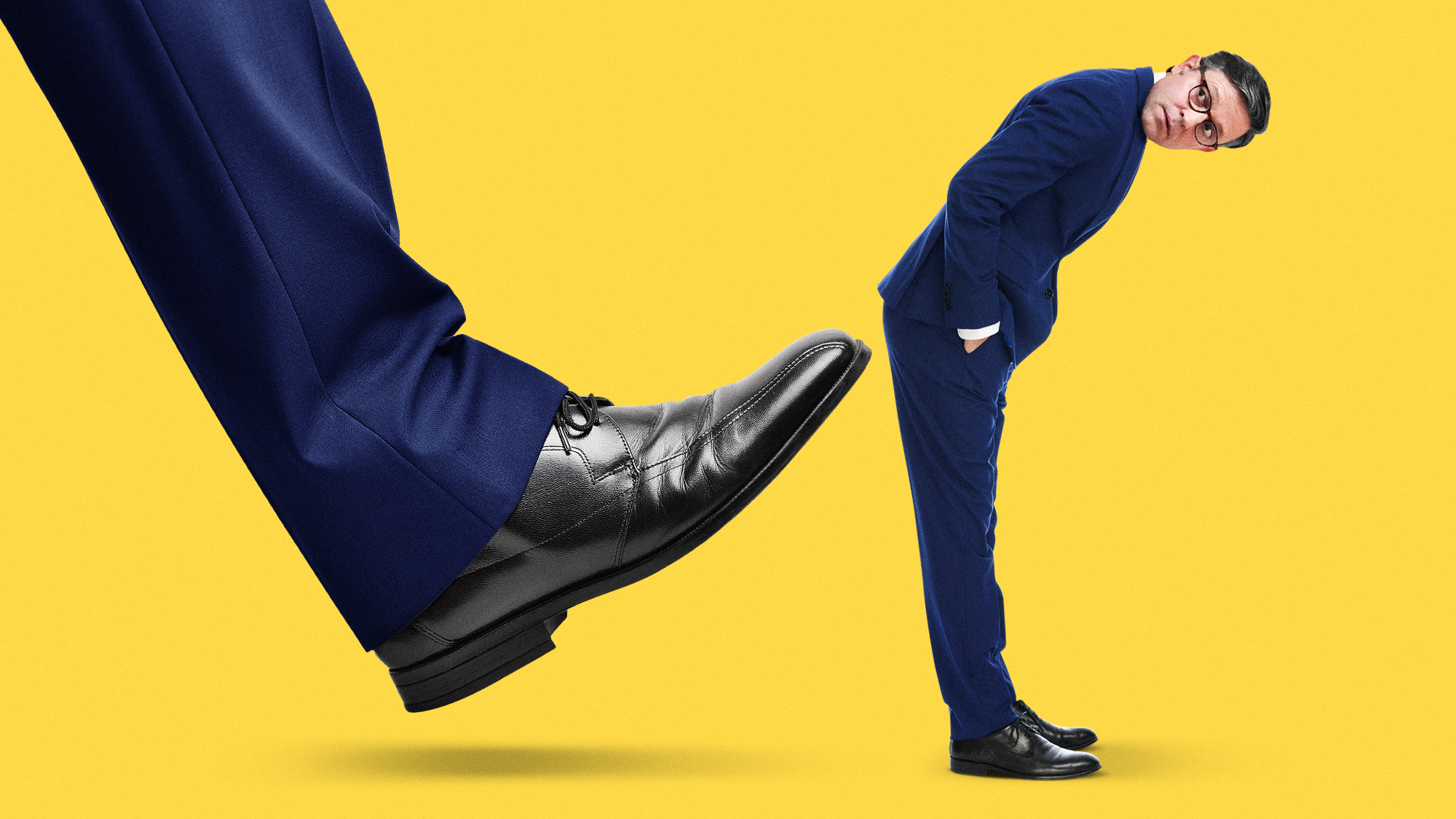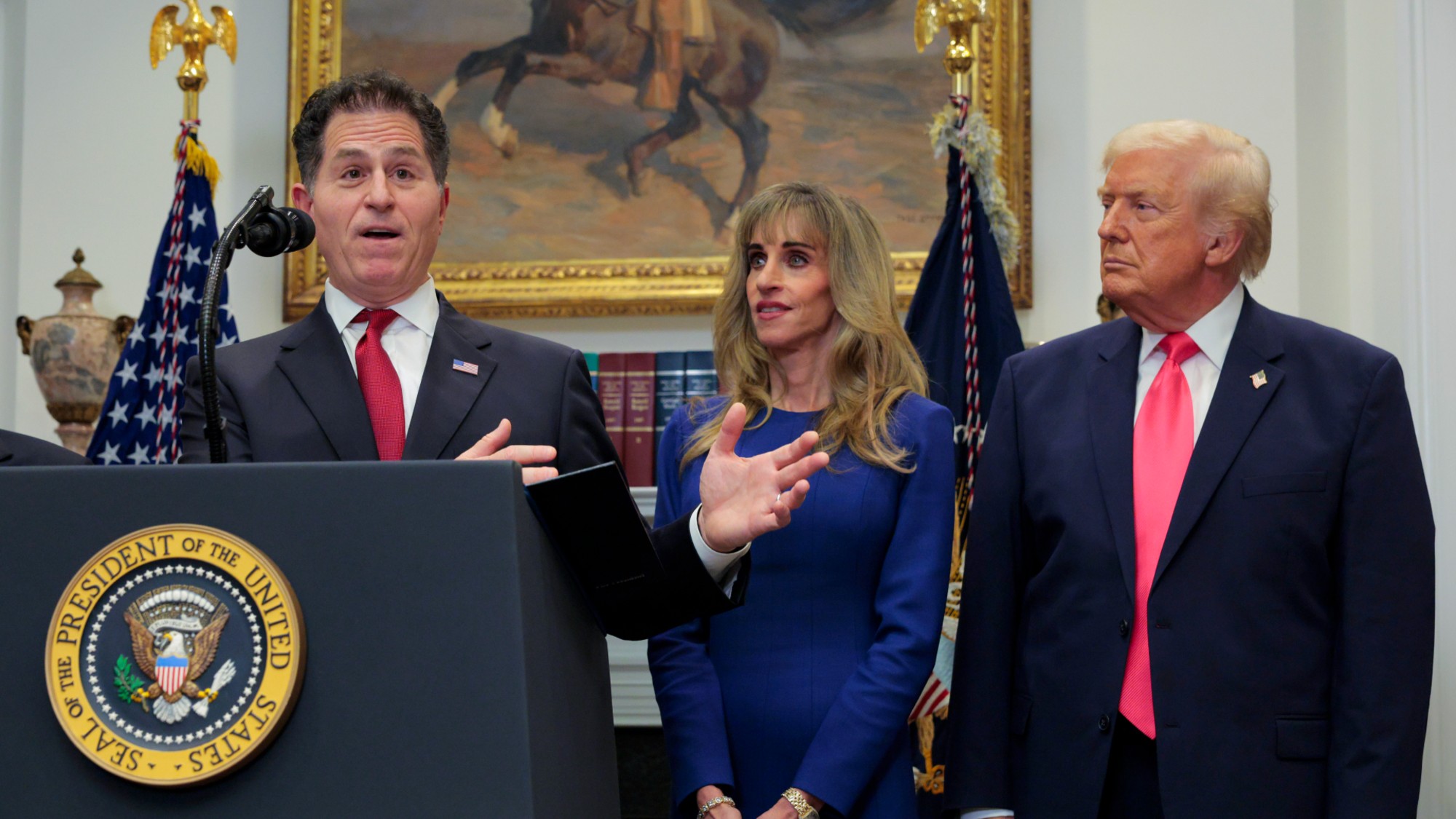Biden gambles that this tax fight is different
This isn't Bill Clinton's Washington anymore


President Joe Biden has done the easy part by rolling out three consecutive spending packages with price tags in the ballpark of $2 trillion apiece, one of them already signed into law. Now comes the hard part: raising taxes to (more or less) pay for them.
Some of Biden's plans to bring in additional revenue have started taking shape. If Congress cooperates, the top marginal income tax rate will rise from 37 percent to 39.6 percent. The corporate tax rate will be jacked up to 28 percent from 21 percent. For households earning more than $1 million, the capital gains tax rate will nearly double from 20 percent to 39.6 percent.
Tax hikes that disproportionately hit employers and investors as the economy is recovering from the pandemic make for questionable economic policy, to say the least. This is an economy that needs all the growth and job creation it can get.
The Week
Escape your echo chamber. Get the facts behind the news, plus analysis from multiple perspectives.

Sign up for The Week's Free Newsletters
From our morning news briefing to a weekly Good News Newsletter, get the best of The Week delivered directly to your inbox.
From our morning news briefing to a weekly Good News Newsletter, get the best of The Week delivered directly to your inbox.
They are also historically a heavier lift politically. When President Bill Clinton sought to raise the top tax rate to 39.6 percent and increase the gasoline tax in 1993, it sparked a miniature revolt. Despite nearly three-fifths Democratic majorities in both houses of Congress, the plan passed by a single vote and needed Vice President Al Gore's tie-breaking vote to clear the Senate.
Democrats lost control of both chambers in the following year's midterm elections. The House went Republican for the first time in 40 years as the GOP gained 52 seats. Anything close to that in 2022 would be catastrophic for the Democrats and possibly Biden's presidency: the House is currently split just 222 to 212 in their favor, the Senate deadlocked at 50-50 with their control hinging on Vice President Kamala Harris' tie-breaking vote.
Before Republicans start measuring the drapes in House Speaker Nancy Pelosi's office, however, they should heed other lessons from the 1990s. Taxes are important but they are not the only thing that matters in terms of economic growth. The internet boom overwhelmed any contractionary effect of the Clinton tax increase and made a mockery of Republican predictions of a recession. Unlike the recently deceased Walter Mondale, Clinton was able to win even with the tax hiker label.
The economic reopening that is taking place as the pandemic slowly winds down, thanks in no small part to a surge in vaccinations, could similarly exceed any damage inflicted by tax increases, at least by the time the next midterms roll around. The corporate tax rate will still be lower than when Donald Trump took office in 2017. The top personal tax rate will see a smaller increase than in 1993 (though Clinton cut rather than raised capital gains taxes).
A free daily email with the biggest news stories of the day – and the best features from TheWeek.com
At a theoretical level, Biden's approach is also different. Clinton argued that raising taxes would increase revenue, which would in turn reduce the deficit, which would stimulate the economy by lowering interest rates. Biden is justifying his spending on straightforward Keynesian grounds, with benefits flowing to the poor and middle class.
If anything, the public has grown more tolerant of tax hikes on upper income earners than during the 1990s. President Barack Obama's partial repeal of his predecessor's tax cuts, aimed only at the top bracket, caused at best a minor political hiccup. Biden's tax plans do not currently poll badly. For that to change, the middle class will need to fear higher taxes are coming for them as well.
Given the size of the Democrats' long-term spending ambitions, it is not an unreasonable concern. Biden's party is beginning to exhaust what can be paid for by simply returning to Clinton-era tax rates on the top 1 or 2 percent. As early as the infrastructure plan, Biden's economic team began to worry too much spending "could jeopardize the nation's long-term financial security," The Washington Post reported.
But the income thresholds under discussion — $400,000 a year for households hit with the higher personal income taxes, $1 million for higher capital gains — don't seem especially likely to spook the middle class. And amid a rise in both conservative populism and corporate "wokeness," even Republicans might not be as worried about corporations' tax rates as they were just a few years ago.
"That's the old dog they trot out every election, and I don't think it will hunt this time," Clinton said of the "tax and spend" label. Though he won two presidential elections, he wasn't entirely right. Biden is hoping that this time, it is true without qualification.
W. James Antle III is the politics editor of the Washington Examiner, the former editor of The American Conservative, and author of Devouring Freedom: Can Big Government Ever Be Stopped?.
-
 Can Mike Johnson keep his job?
Can Mike Johnson keep his job?Today's Big Question GOP women come after the House leader
-
 A postapocalyptic trip to Sin City, a peek inside Taylor Swift’s “Eras” tour, and an explicit hockey romance in December TV
A postapocalyptic trip to Sin City, a peek inside Taylor Swift’s “Eras” tour, and an explicit hockey romance in December TVthe week recommends This month’s new television releases include ‘Fallout,’ ‘Taylor Swift: The End Of An Era’ and ‘Heated Rivalry’
-
 ‘These accounts clearly are designed as a capitalist alternative’
‘These accounts clearly are designed as a capitalist alternative’Instant Opinion Opinion, comment and editorials of the day
-
 Has Zohran Mamdani shown the Democrats how to win again?
Has Zohran Mamdani shown the Democrats how to win again?Today’s Big Question New York City mayoral election touted as victory for left-wing populists but moderate centrist wins elsewhere present more complex path for Democratic Party
-
 Millions turn out for anti-Trump ‘No Kings’ rallies
Millions turn out for anti-Trump ‘No Kings’ ralliesSpeed Read An estimated 7 million people participated, 2 million more than at the first ‘No Kings’ protest in June
-
 Ghislaine Maxwell: angling for a Trump pardon
Ghislaine Maxwell: angling for a Trump pardonTalking Point Convicted sex trafficker's testimony could shed new light on president's links to Jeffrey Epstein
-
 The last words and final moments of 40 presidents
The last words and final moments of 40 presidentsThe Explainer Some are eloquent quotes worthy of the holders of the highest office in the nation, and others... aren't
-
 The JFK files: the truth at last?
The JFK files: the truth at last?In The Spotlight More than 64,000 previously classified documents relating the 1963 assassination of John F. Kennedy have been released by the Trump administration
-
 'Seriously, not literally': how should the world take Donald Trump?
'Seriously, not literally': how should the world take Donald Trump?Today's big question White House rhetoric and reality look likely to become increasingly blurred
-
 Will Trump's 'madman' strategy pay off?
Will Trump's 'madman' strategy pay off?Today's Big Question Incoming US president likes to seem unpredictable but, this time round, world leaders could be wise to his playbook
-
 Democrats vs. Republicans: who are US billionaires backing?
Democrats vs. Republicans: who are US billionaires backing?The Explainer Younger tech titans join 'boys' club throwing money and support' behind President Trump, while older plutocrats quietly rebuke new administration
